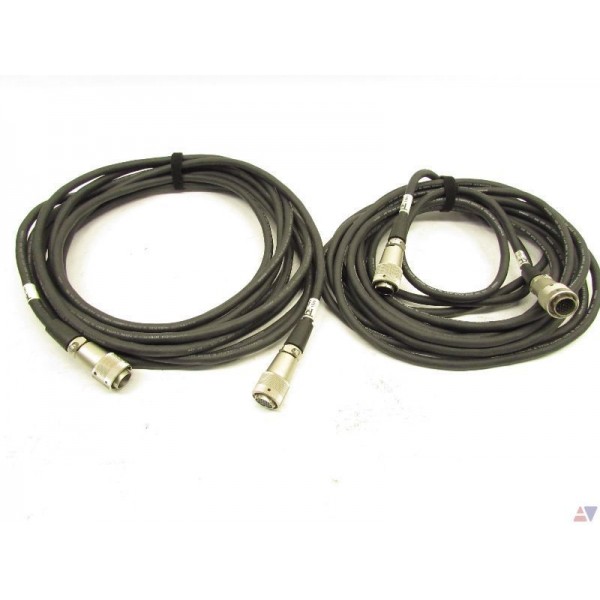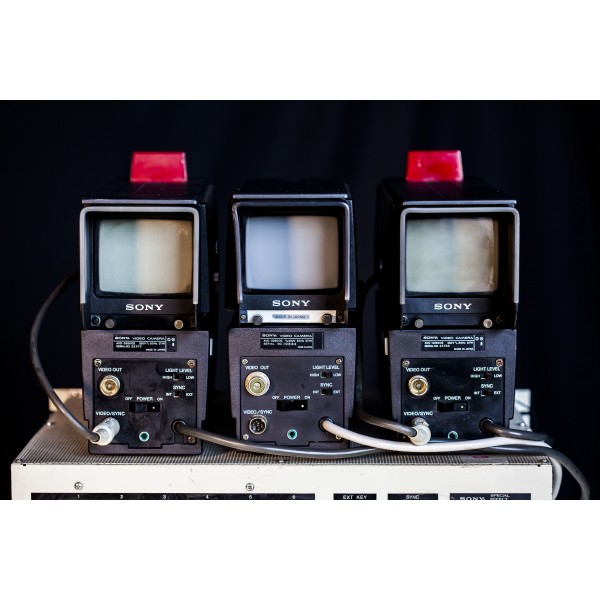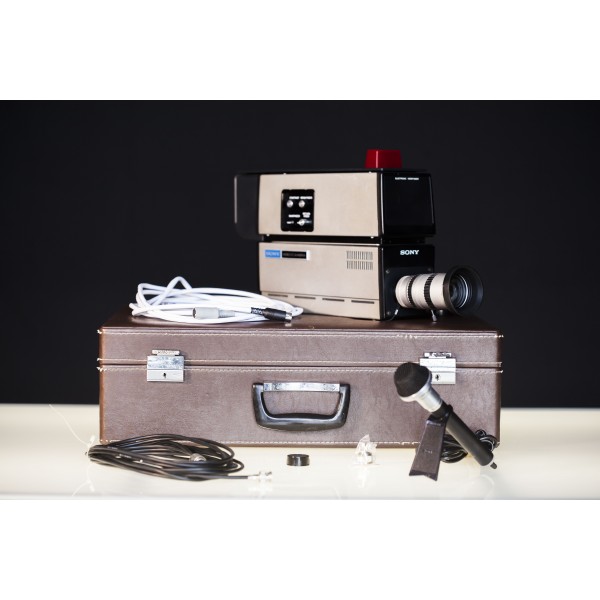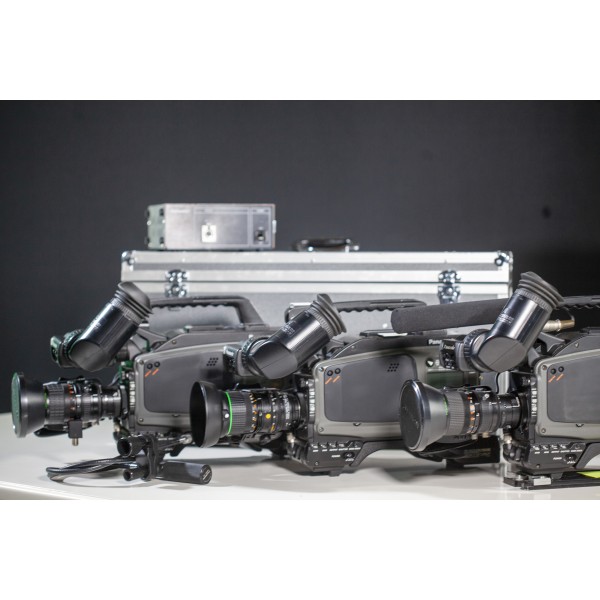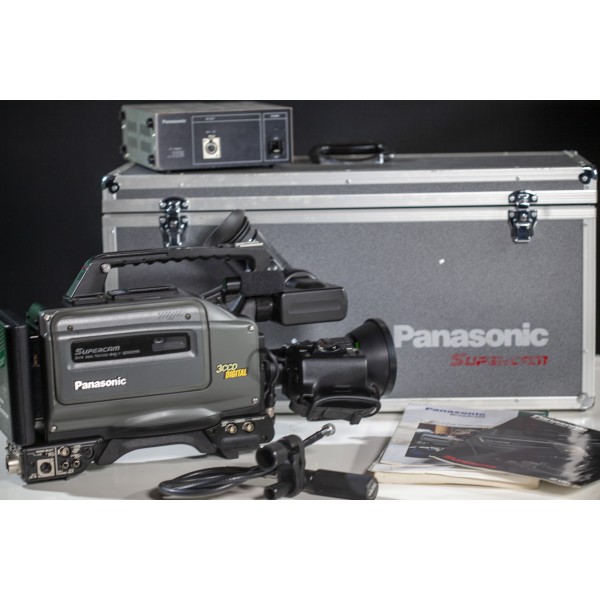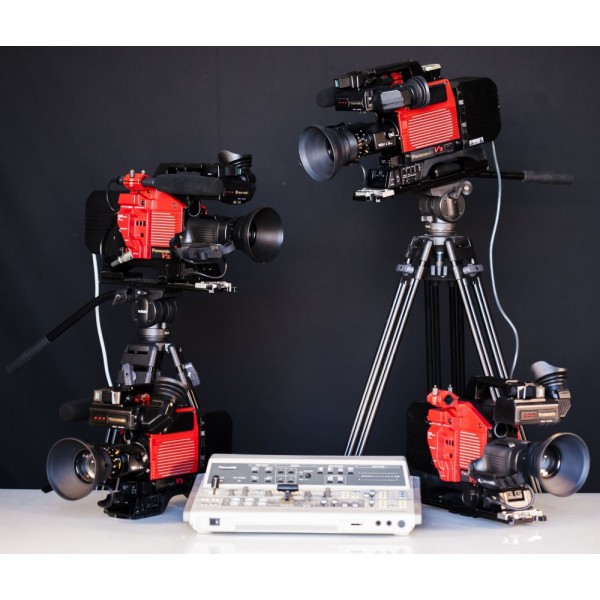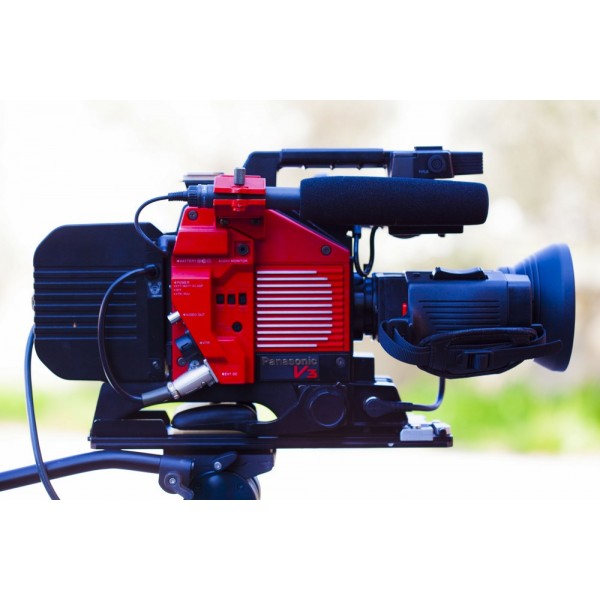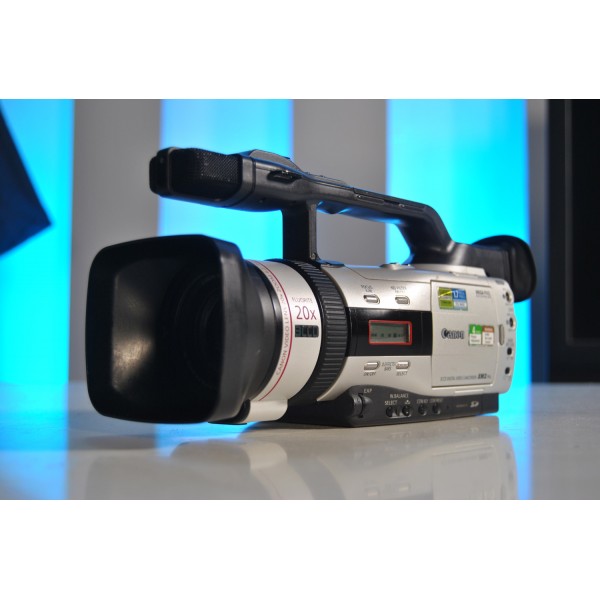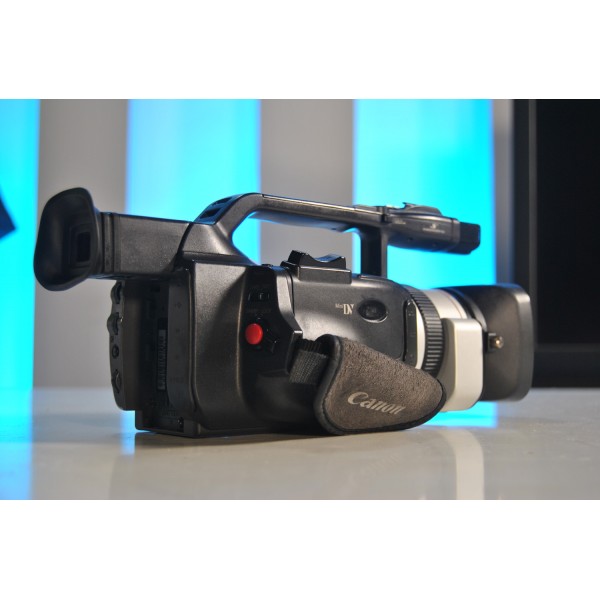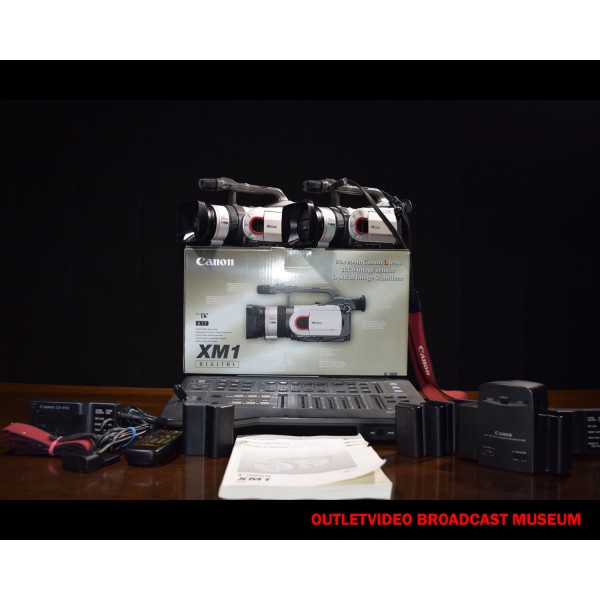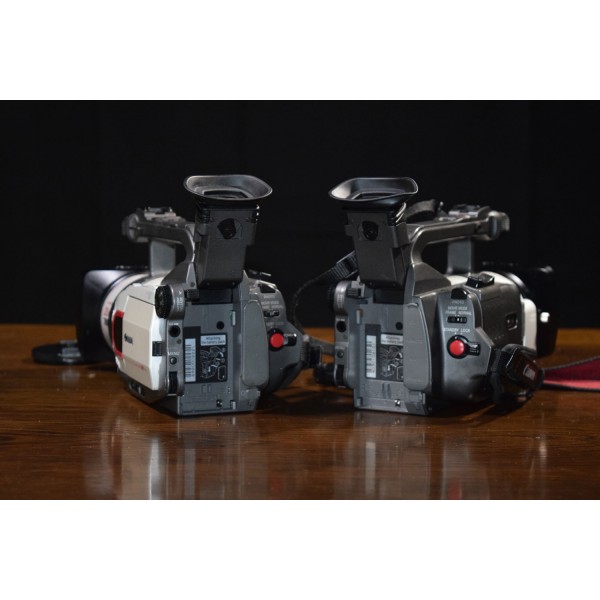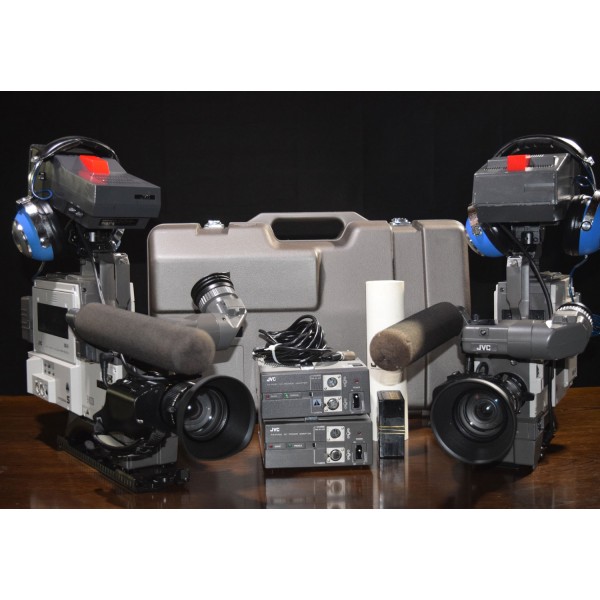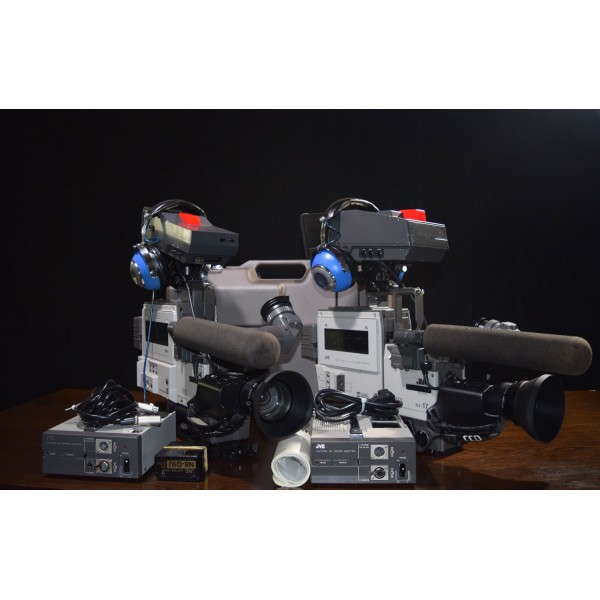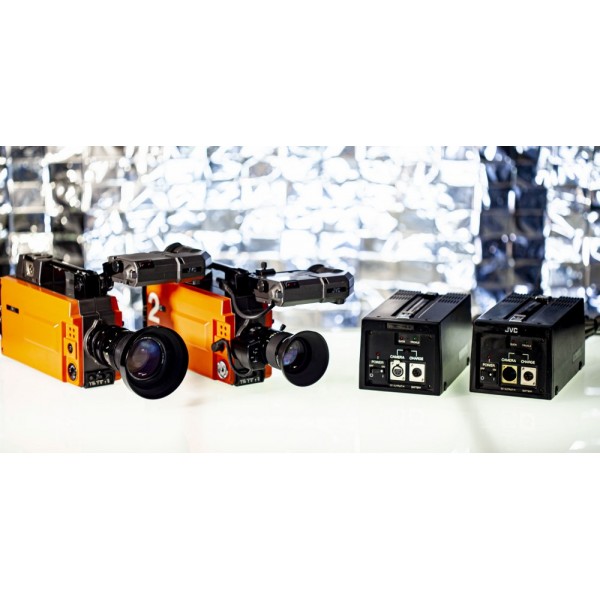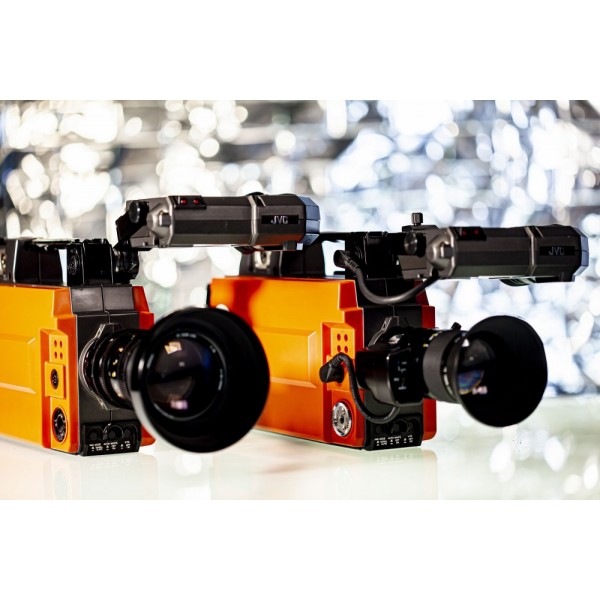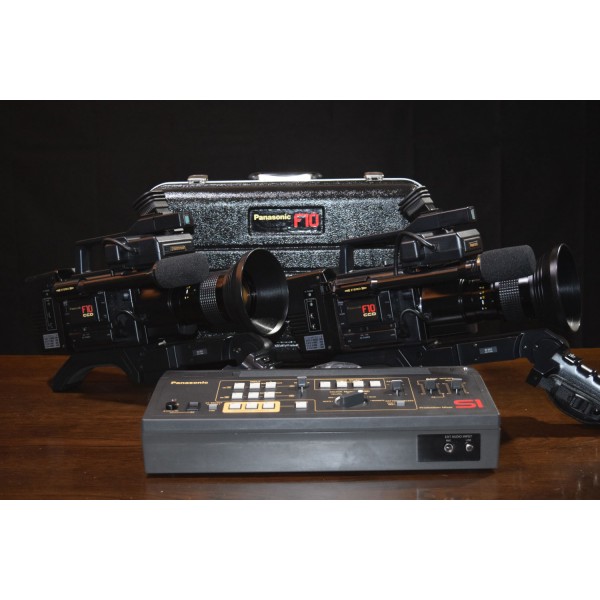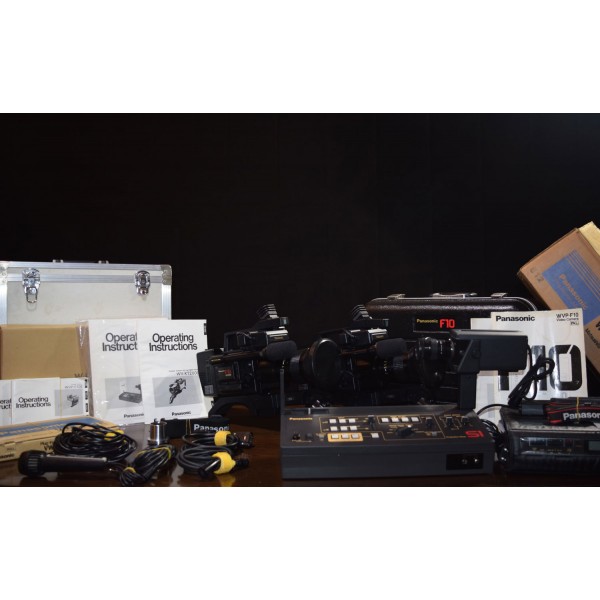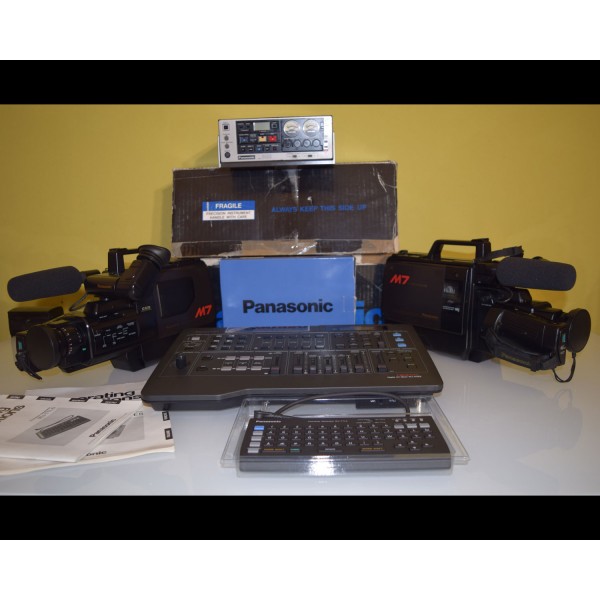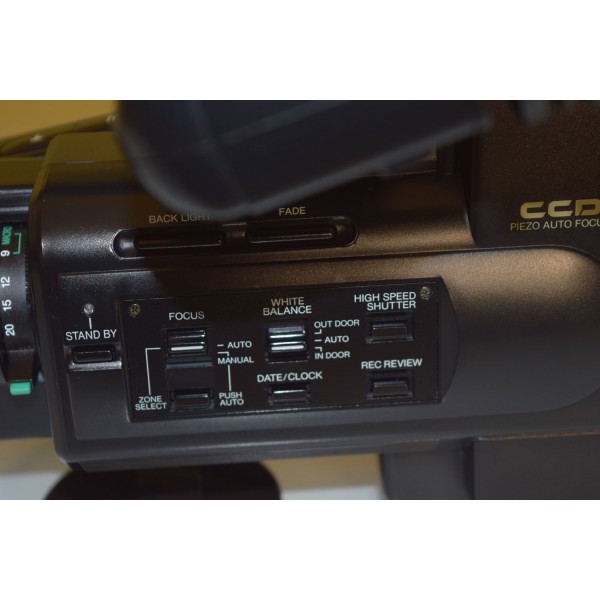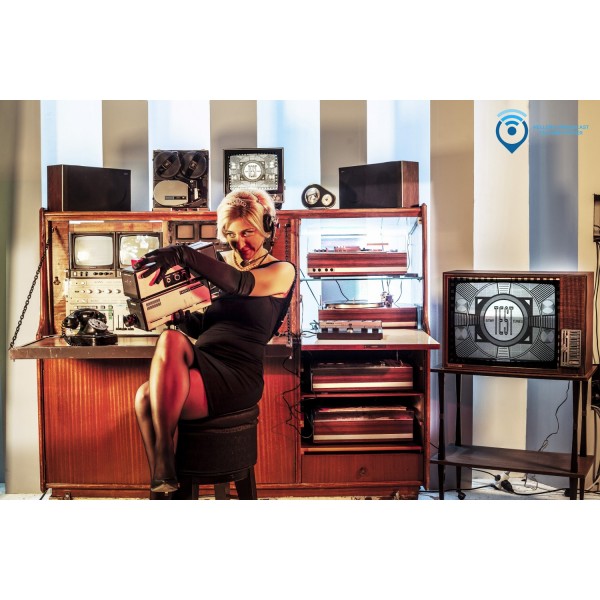
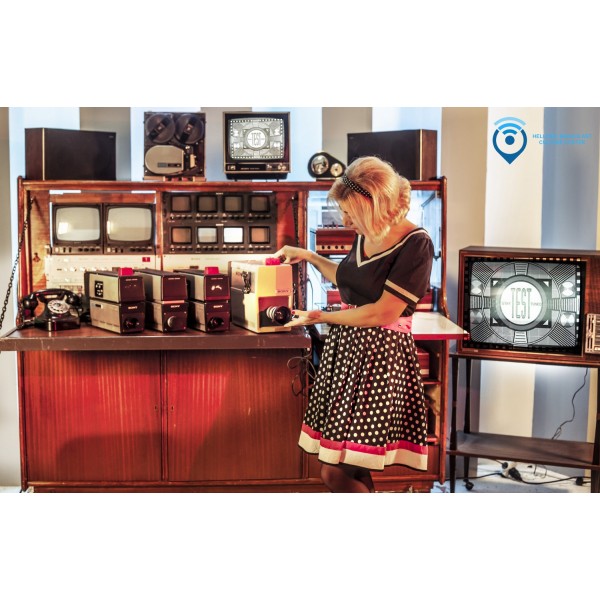
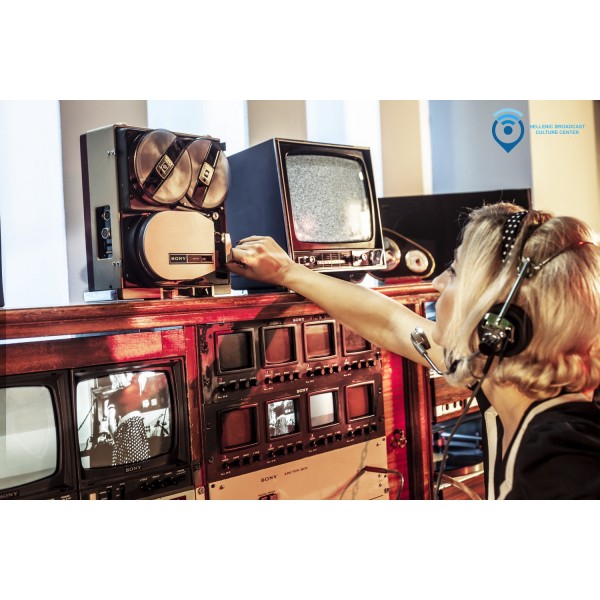
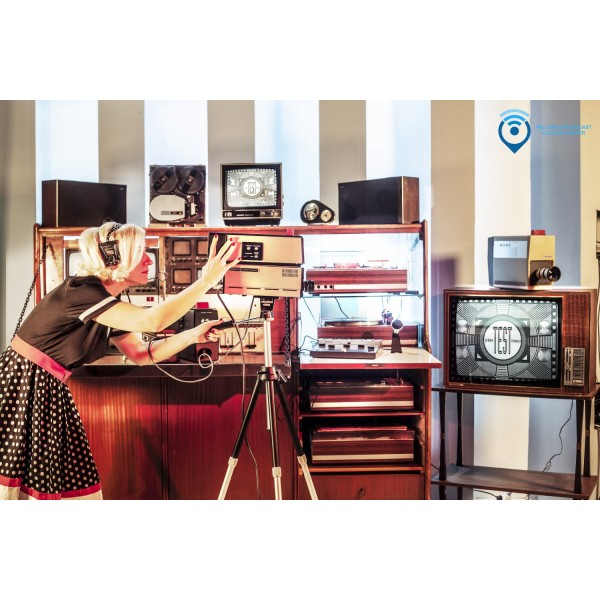
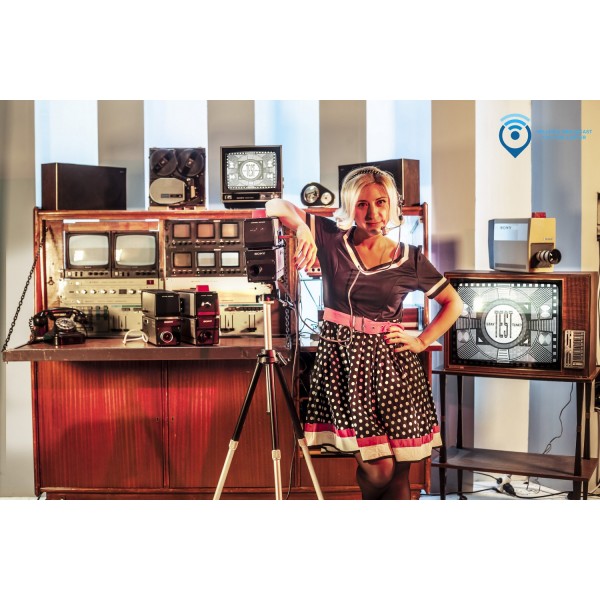
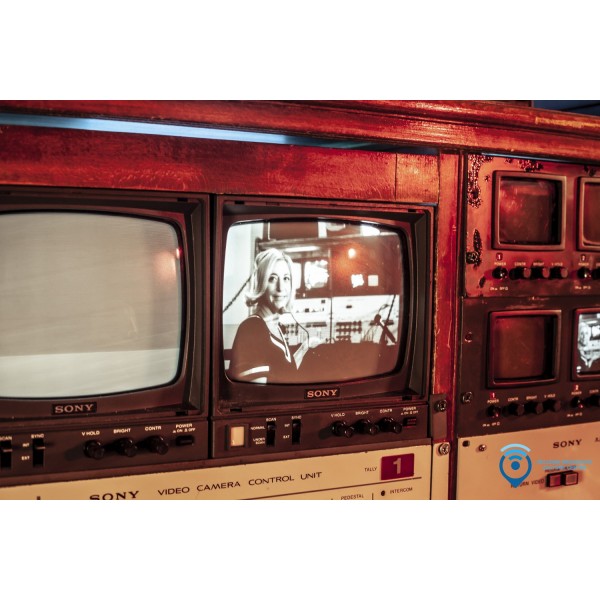
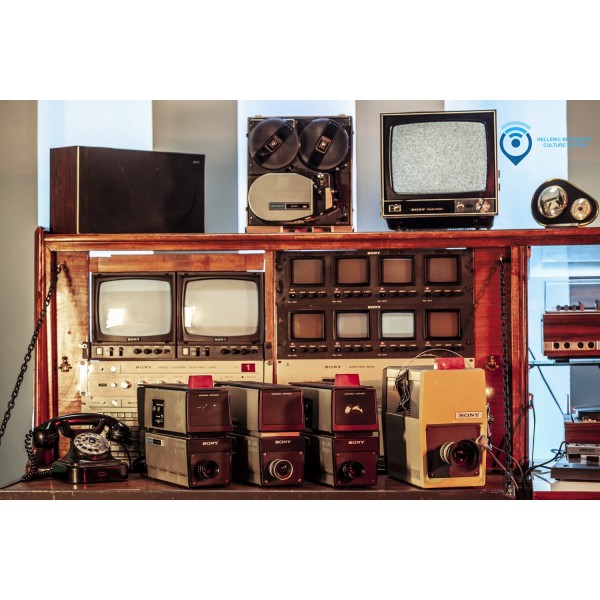
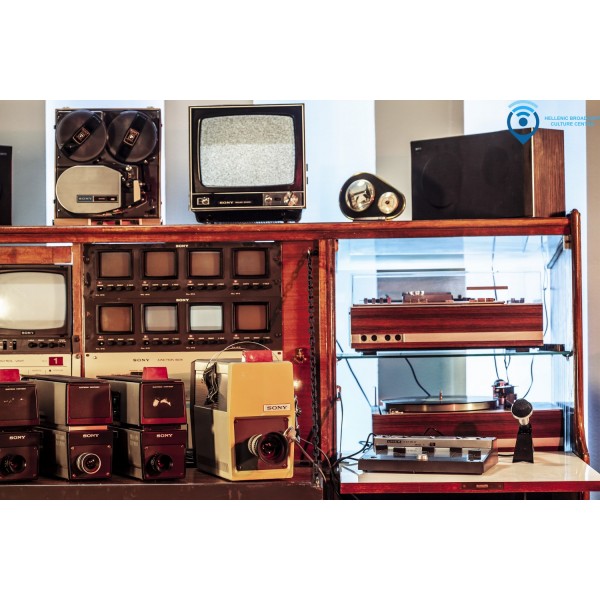
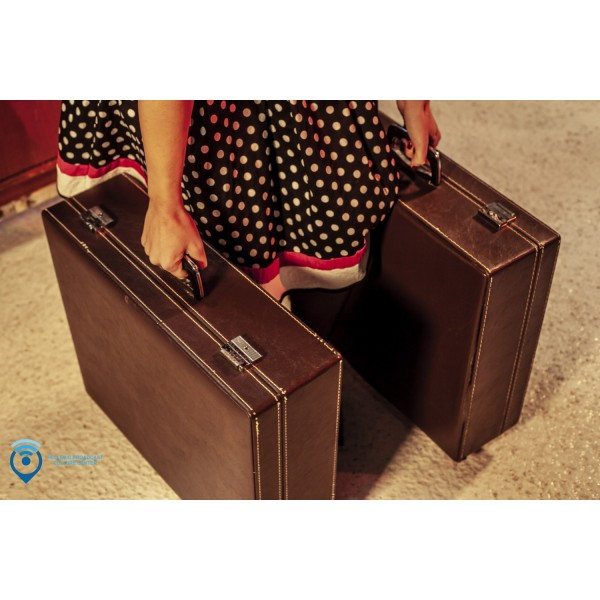
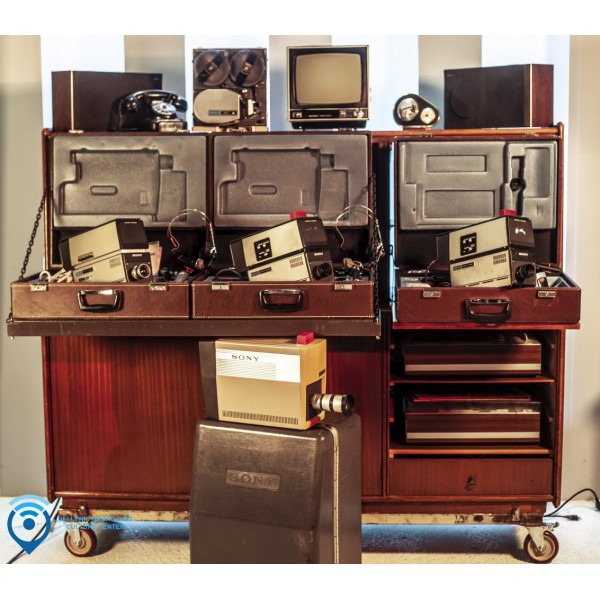
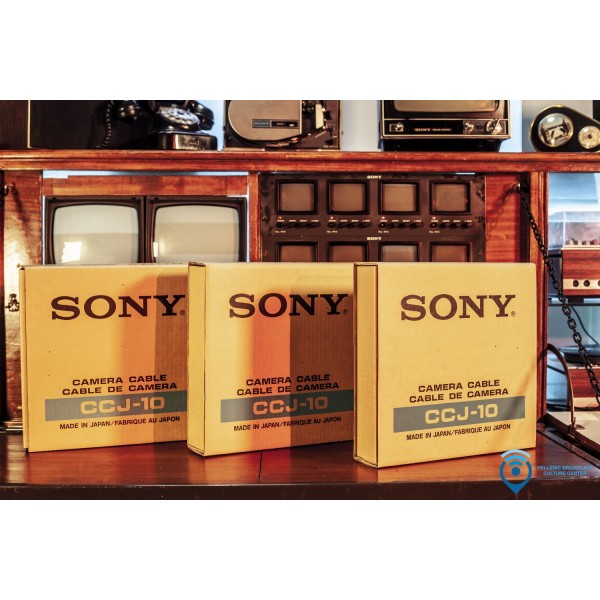
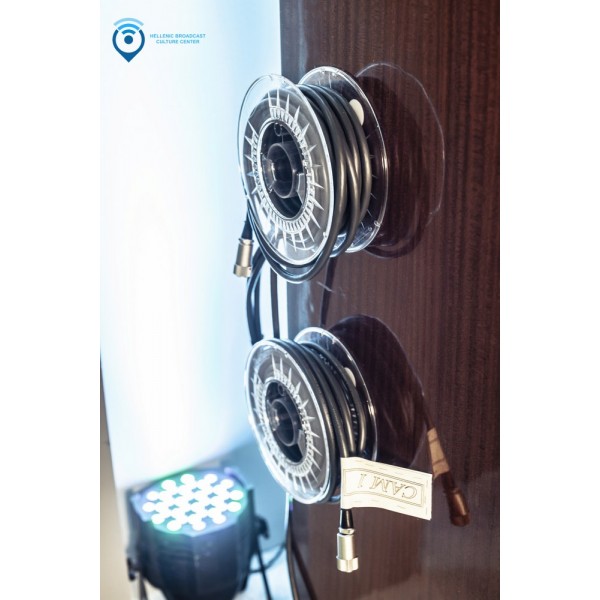
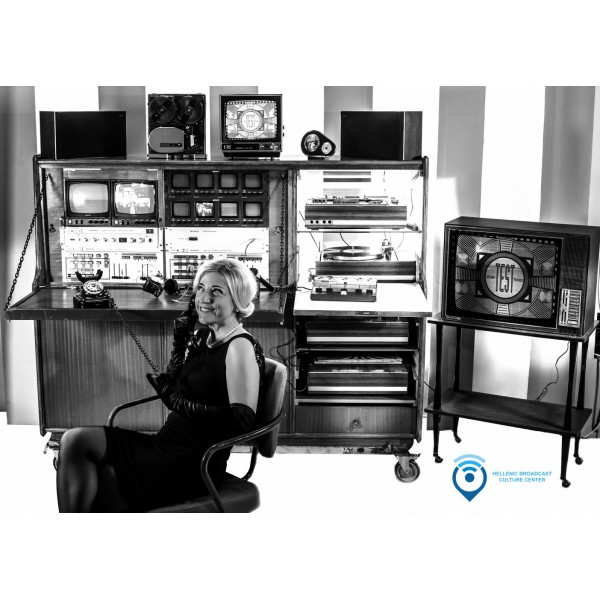
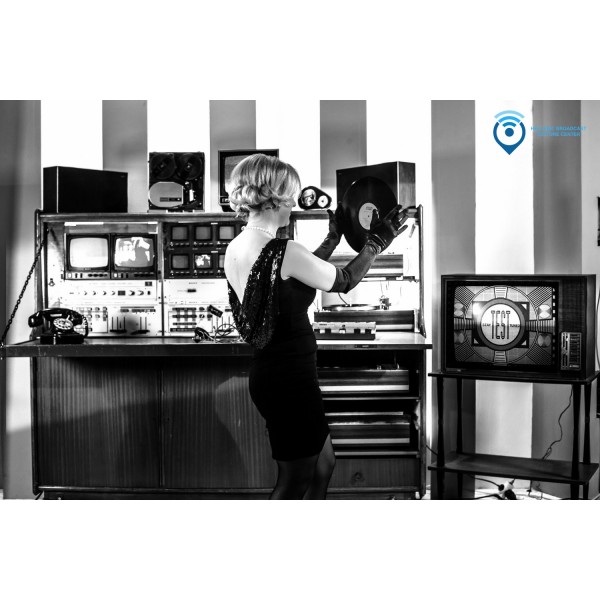














70s Vintage Sony Portable Studio Video Cameras Special Effect Generator AVC-3250 AVC-4200
- Διαθεσιμότητα: ΡΩΤΗΣΤΕ ΤΗΝ ΤΙΜΗ
- Κωδικός: 70sVintageSonyStudio
- Βάρος: 10.00kg
- MPN: 70sVintageSonyStudio
0,00€
Χωρίς ΦΠΑ: 0,00€
This exhibit belongs to the Hellenic Broadcast Museum, an integral part of the Hellenic Broadcast Culture Center. www.hellenicbroadcast.com
Rent or buy. Worldwide Shipping: We provide a tracking number
FULL SETUP Vintage Broadcasting Sony Portable Studio Video Cameras w Special Effect Generator.
READY TO WORK in PERFECT WORKING ORDER
For collectors only! This kit is 50 years old with what it implies.
Please check real from our kit at https://www.youtube.com/watch?v=KoP2iyWYUsA
The kit includes:
DR-10A Sony Intercommunication Headset
SEG -2CE Sony Special effect generator (color and black and white extra)
JB-3CE Sony Junction box tally ligth and communication facilities
2 x PVM -400CE Sony 4-inch monochrome monitors 19 inch rack
3 x CVM-110UET Sony 11 inch portable tv monitor
3 x original Sony cables 10m each + Cables for the Connection (Very Rare)
3 x Sony AVC-3250 Vidicon video cameras
3 x Original Sony Hard cases
3 x Original tripods, special design for this camera that fits at the case.
1 x SONY AVC-4200 Video Camera (1971)
Article by Mark R. Hasan on July 10, 2013 in Cameras, Films + Videos
Getting in Sync with the Sony AVC
In late July, Andrew Bujalski’s Computer Chess will be released in Toronto, and by all accounts (if not from the trailer alone) this isn’t an ordinary film production. Instead of using HD cameras that offer the maximum image quality to convey a 1970s drama, Bujalski opted to use actual vintage video gear from the era – a Sony AVC-3260 – part of a line of B&W vidicon tube cameras that offered low-end, broadcast quality images for school, university, cable access, and industrial productions.
With digital software offering so many options to evoke a period look, film grain, and custom colours, why would anyone use 40 year old video cameras?
Aesthetics, authenticity, novelty, and perhaps the challenge in seeing what could be achieved when antiquated media – B&W video – acquires the images, and the footage recorded on modern digital gear, after which it’s imported into a current workflow system to create not a short experimental film, but a feature-length movie.
From the Computer Chess trailer above, you can see samples of the final results, as captured by the vintage Sony cameras.
The AVC small studio camera series were genuine workhorses, built of metal, and weighing more than a few pounds, and they were popular (roughly) between 1970-1978, and included the model AVC-3000 and 3200, 3250 and 3260, and the 4200.
The 3260, which is virtually identical to the 3250 model, comes with an internal sync pulse generator [SPG] that offers 2:1 sync – 60 cycle horizontal and vertical sync – which enables you to plug the camera straight into a recording device and record a stable picture. This model also accepts external sync from another source – a special effects switcher like the Sony SEG-1 and SEG-1A, or an optional external SPG like a monochrome sync generator – which allow you to genlock [synchronize] multiple cameras for live, glitch-free switching.
A Sony AVC-3250. The large B&W monitor is locked on top, and has its own separate adjustments knobs.
As for the plugs below, going left to right: a light level (gain control) for the camera, power cable that you connect straight to a standard AC outlet, ON / OFF power switch, 6-pin video / sync output that becomes an input when the adjacent SYNC switch is set to EXT, and a Video Out plug that requires an obsolete RF connector (which are still obtainable).
Camera models like the 3250 – which I have – and earlier models similarly accept external sync, but their internally driven horizontal and vertical sync pulses are non-standard – a kind of free-roaming sync that’s compatible with nothing. (Sony called this feature a “random interlace, vertical line-locked” 60Hz sync oscillation.)
What that means is, while you can plug the camera into a TV monitor and see a stable picture, a contemporary recording device – VCR, DVD recorder, digital recorder – will record a jittering image that either snaps up & down, or has a periodic roll. The only way around this is to feed the camera a full 2:1 sync pulse from a custom-built unit, a vintage external SPG, or one of the aforementioned Sony special effects generators (SEG’s) which are mixers / switchers that can accept external sync, or more importantly, send an internally generated 2:1 signal to cameras, like the 3250.
The immediate question is: Why would they do this? Why design a camera that isn’t ‘ready to go,’ in terms of recording a stable image to tape like contemporary cameras?
It might have been a question of cost – without the component (which added an extra $100 to the tab), maybe the cameras were a little lighter – or it was the manufacturer’s way of offering bare bones components that could still be upgraded to pro-level when necessary, but costing more instead of buying a full-blown system with a high cost up-front.
It may also have been a case of necessity: if you’re just sending a live feed to a monitor for local broadcast with no intention of recording any signal for posterity, the 2:1 feature was an extra frill.
If you did need to tape a signal, once the recording heads were engaged, Sony’s AV-3600 B&W reel-to-reel monster would send a compatible sync pulse to the camera, thereby syncing the ‘camera head’ to the ‘VCR head’ to record a stable picture that could be edited and later broadcast on TV.
(Presumably, only the recording contains a proper sync pulse that would allow you to then transfer the footage to digital media. Years ago my friend Raj gave me a working AV-3600 – a prized dino-machine that’s still in my archive, The Hasonian – which I connected to the 3250 camera. I engaged the record heads and tried to see if the video signal coming out of the recorder had a 2:1 sync pulse; basically, a stable video signal to a DVD recorder.
It did not, which means unless you want to attempt to record onto obsolete reel-to-reel tape – good luck finding empty take-up reels – using a 40+ year old VCR whose gears, motors, and capacitors may die from sudden steady use, this is not a viable option.)
The ideal seemed to be either to use an external SPG, or in multi-camera set-ups, genlock cameras either to the SEG’s internally generated 2:1 sync pulse, or (presumably) use a 3260 camera as the main sync source and the SEG mixer as a kind of distribution amp, genlocking connected 3250 models to ensure smooth edits and transitions. (The SEG’s allowed for up to 4 interconnected cameras.)
It’s all moot at this stage, since most filmmakers only need one camera (and maybe a backup unit) for their purposes.
Sony originally sold their AVC line, they came in packages that seem rather luxurious today, and here’s an example of what may have come in one of those snazzy brown suitcases: camera, lens(es), microphone, mic stand, phono audio cable, video cable, and a tripod that was pretty sturdy and lightweight.
Sony also offered extra audio and video extension cables, external 2:1 SPGs units, signal splitters, push-button switcher boxes, monitors, and other accoutrements. It’s not unusual to find extra cables in these suitcases that pop up on ebay. Some may even have those obsolete 6-pin video / sync cables necessary for sending a 2:1 sync pulse to the cameras.
Even with its internal 2:1 sync pulse, the 3260 model isn’t an easy plug & play camera. As Computer Chess‘ cinematographer Matthias Grunsky explained in his blog, “Our pre-tests showed that the camera’s signal would not run stable enough by itself and we had to run it through a time base corrector before sending it to an analog to digital SDI converter and finally to our AJA Ki Pro Mini which recorded in the Apple ProRes format.”
So even if you plan on sending the signal to a blah DVD recorder, the image – from a 3260, or a 3250 connected to a SPG – isn’t perfect, and in the next blog I’ll provide details on how to set up an AVC-3250 camera to a SEG-1A mixer, and illustrate the differences between a ‘rogue’ signal, a 2:1 synchronized signal, and one that’s been cleaned up with a Tim Base Corrector / Synchronizer prior to being recorded to MiniDV.
Moreover, I’ll show that you can even connect the camera from another manufacturer that accepts external sync from a 6-pin plug, and achieve similar results – a usable, stable B&W signal. The camera in the demo video will be the JVC SX-2500 vidicon B&W small studio camera, tethered to a Sony SEG-1A.











